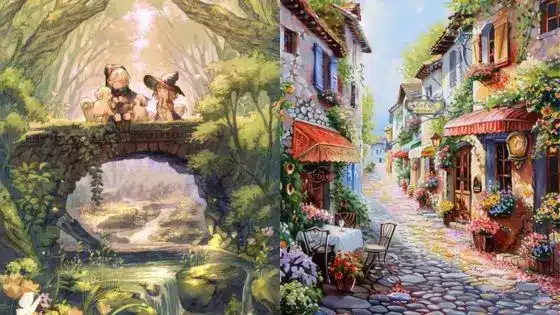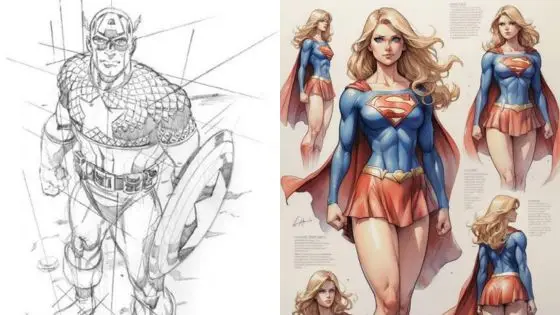Lion drawing is a popular subject among artists of all levels. Whether you are a beginner or an experienced artist, drawing a lion can be a challenging and rewarding experience. Lions are fascinating creatures, with their majestic appearance and fierce demeanor. Drawing a lion requires attention to detail and a good understanding of the animal’s anatomy.

To draw a lion, it is important to first study the animal’s physical characteristics. Lions have a muscular body, a large mane, and distinctive facial features. Understanding the proportions and structure of these features is essential to creating a realistic portrayal of a lion. Many artists use reference images or observe lions in person to improve their understanding of the animal’s anatomy.
Drawing a lion can be done using various techniques and mediums, such as pencils, charcoal, or digital tools. Each medium has its own unique advantages and challenges. For example, pencils are great for creating fine details and textures, while charcoal can create a more dramatic and expressive image. Digital tools allow for easy editing and experimentation. Regardless of the medium, practicing regularly and experimenting with different techniques can help artists improve their lion drawing skills.
Understanding Lion Anatomy for Drawing
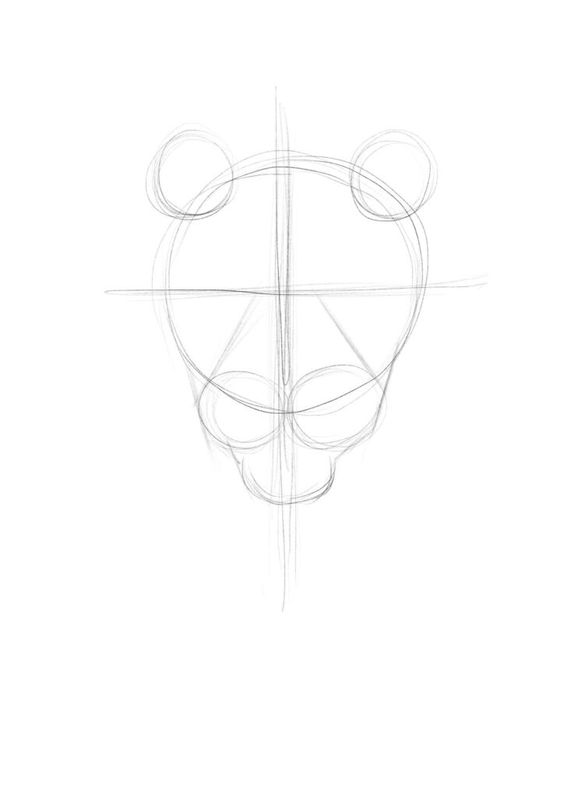
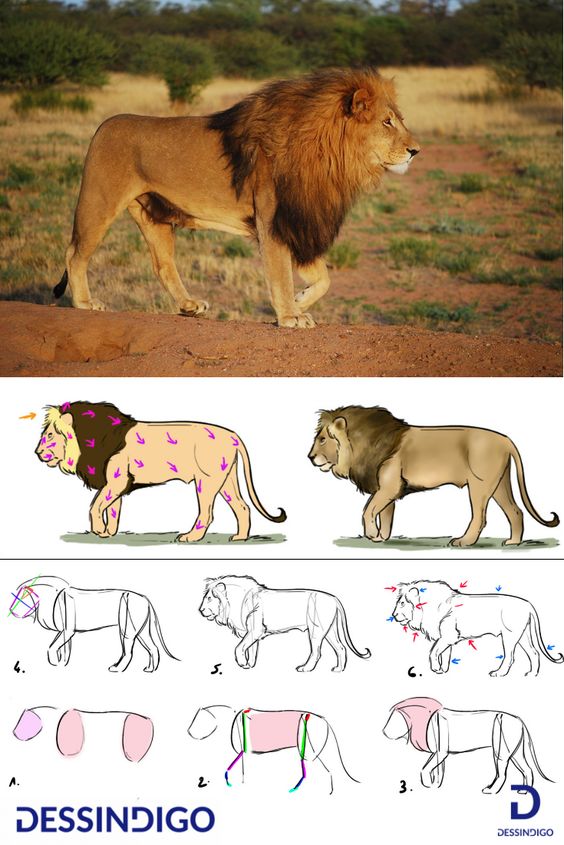
Drawing a lion requires a basic understanding of their anatomy. In this section, we will discuss the facial features and body structure of a lion.
Facial Features
The facial features of a lion are unique and easily recognizable. The eyes are large and round, with a dark pupil and a golden iris. The nose is black and located at the end of the muzzle. The ears are round and pointed, with tufts of fur at the tips. The muzzle is wide and has a prominent chin and jaw. The whiskers are long and thick, extending from the sides of the muzzle.
Body Structure
The body structure of a lion is powerful and muscular. The snout is elongated and leads to a broad skull. The mane is a distinctive feature of male lions, which is a thick growth of hair around the neck and shoulders. The tail is long and ends in a tuft of hair. The legs are sturdy and muscular, with large paws that have retractable claws.
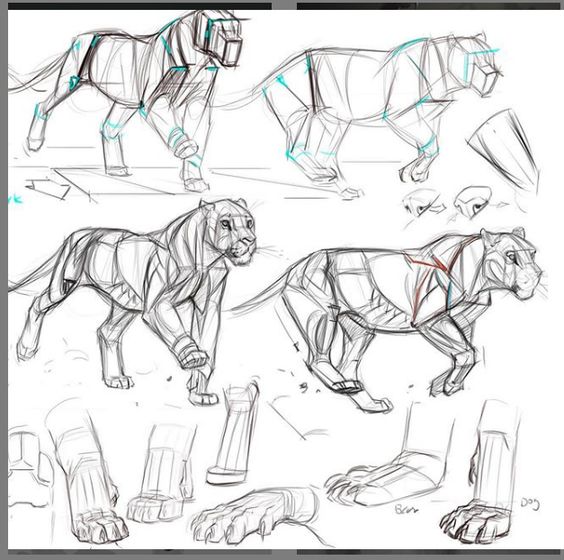
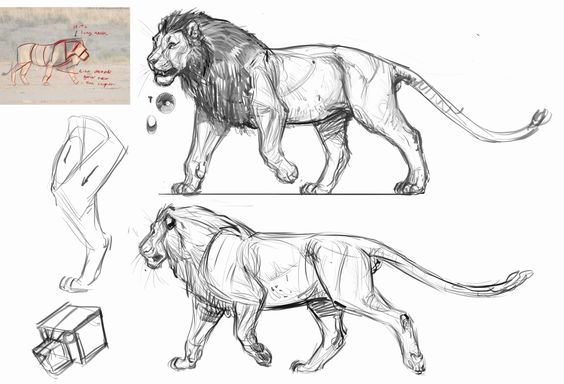
Lionesses have a similar body structure, but they lack the mane and are generally smaller than male lions. When drawing a lion, it is important to pay attention to their body proportions and the placement of their features.
In conclusion, understanding the anatomy of a lion is essential for drawing them accurately. By paying attention to their facial features and body structure, you can create a realistic and detailed drawing.
Materials and Tools for Lion Drawing
Choosing the Right Pencil
When it comes to drawing a lion, choosing the right pencil is crucial. A good quality pencil with a sharp point will help you achieve the fine details of the lion’s mane and fur. A range of pencils with different grades of hardness, such as 2H, HB, 2B, 4B, and 6B, can be used to create different shades and textures.
Selecting Paper and Coloring Mediums
Selecting the right paper and coloring medium is equally important. For lion drawing, a heavy-weight paper with a smooth surface is recommended. This will allow for more precise lines and shading. Charcoal pencils or sticks can be used for a more dramatic effect, while colored pencils can add a pop of color to the drawing. It is important to experiment with different mediums to find the one that suits your style and preferences.
In conclusion, choosing the right materials and tools is crucial for creating a successful lion drawing. By selecting the right pencil, paper, and coloring medium, artists can achieve the desired texture, shading, and details.
Basic Drawing Techniques
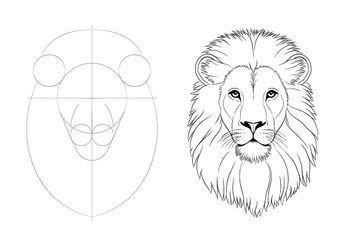
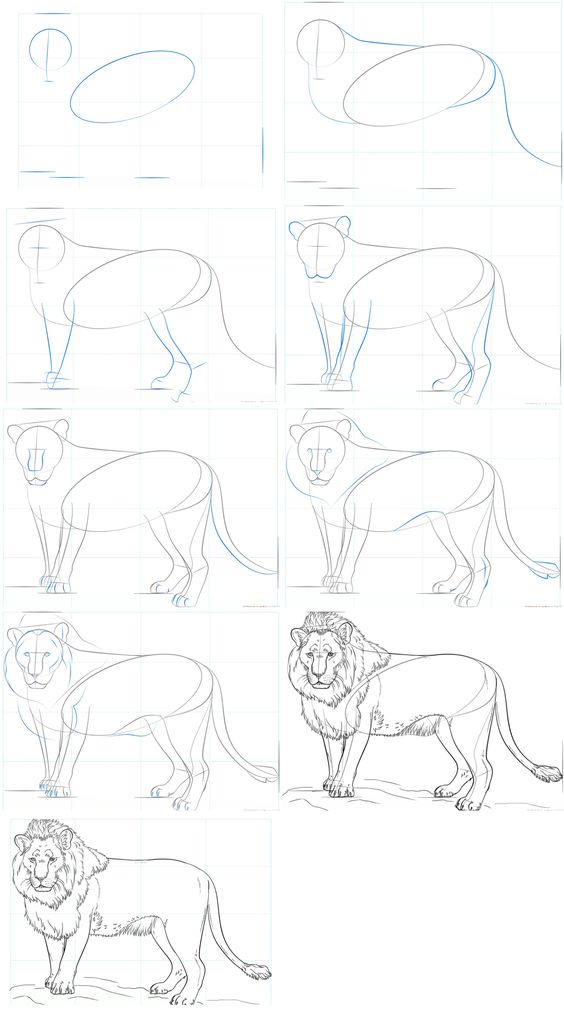
Sketching with Basic Shapes
When starting a lion drawing, it is recommended to begin with basic shapes. The circle is a great shape to begin with for the head, and an egg shape can be used for the body. These shapes can be used as a guide for the rest of the drawing.
Using basic shapes can help with the overall proportion of the lion and can make it easier to add details later on. It is important to keep the shapes light and sketchy, as they will be erased later on.
Creating Texture and Shading
Texture and shading are important elements in a lion drawing. To create the texture of fur, lines can be drawn in the direction of the fur. These lines can be short and quick for a rougher texture or longer and smoother for a sleeker texture.
Shading can be used to create depth and dimension in the drawing. Cross-hatching is a technique that involves drawing lines in multiple directions to create shading. This can be used to create shadows and highlights on the lion’s face and body.
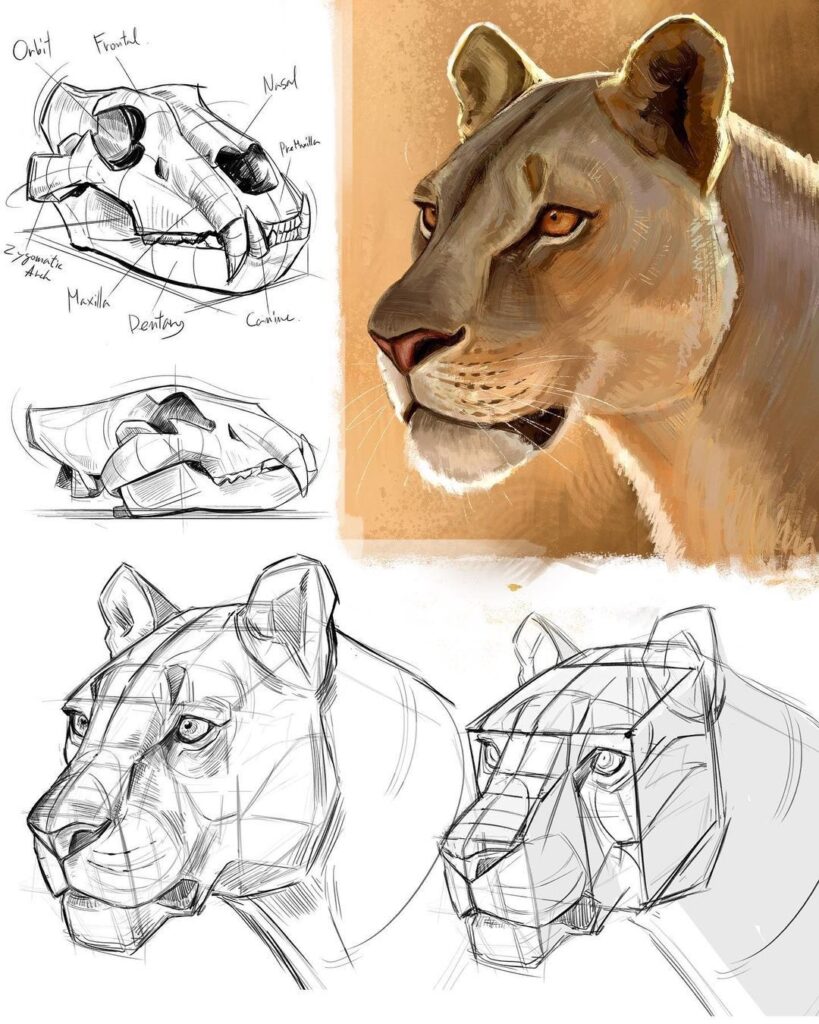
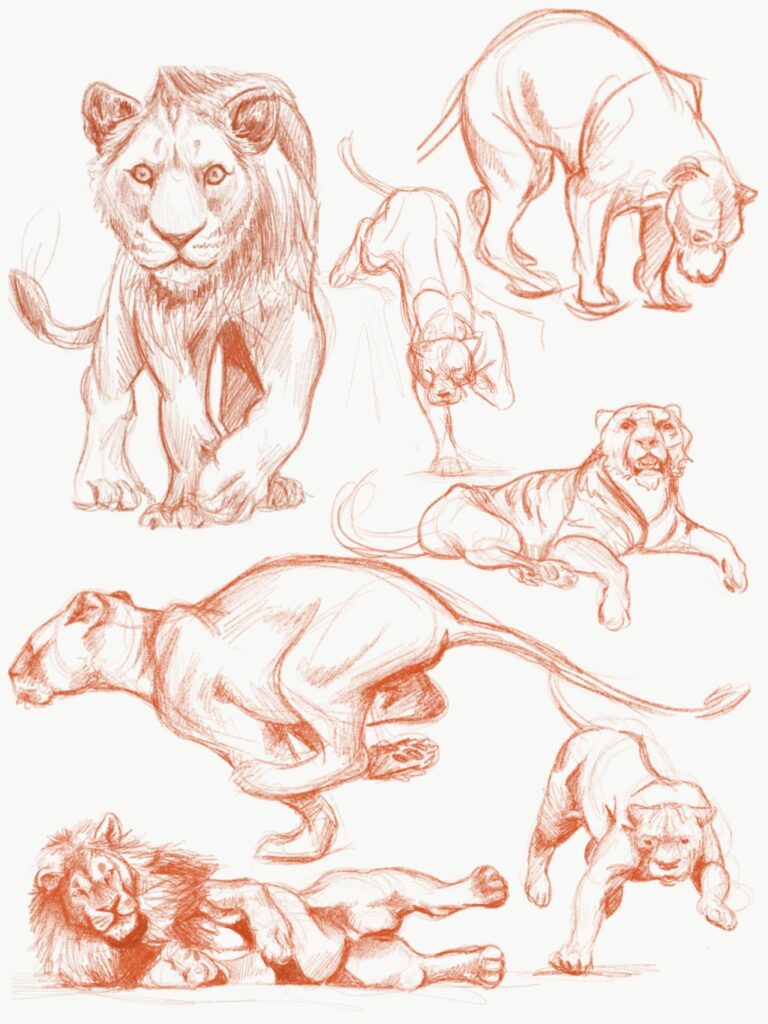
Overall, using basic shapes and incorporating texture and shading can help bring a lion drawing to life. With practice and patience, anyone can improve their drawing techniques and create a realistic and detailed lion drawing.
Step-by-Step Lion Drawing Tutorial


Outlining the Lion
To start drawing a lion, the first step is to create a basic outline. Begin by sketching a circle for the lion’s head and a bean shape for its body. Next, draw a line connecting the head and body to create the neck. Then, add four lines for the legs and paws. These lines will serve as the foundation for the lion’s body.
Adding Details and Features
After outlining the lion, it’s time to add details and features. Start by drawing the lion’s facial guidelines, which include a vertical line to mark the center of the face and two horizontal lines to mark the eyes and nose. Next, draw the lion’s eyes, nose, and mouth using the facial guidelines as a reference. Then, add the lion’s mane by drawing curved lines around the head and neck.
To make the lion’s body look more realistic, add fur texture by drawing small, curved lines around the lion’s body. For the lion’s legs and paws, add more detail by drawing the toes and claws. Finally, draw the lion’s whiskers by adding thin, curved lines around the mouth.
Finalizing the Drawing
To finalize the lion drawing, erase any unnecessary construction lines and refine the details. Add shading to the lion’s body and mane to create a more lifelike appearance. Use darker shading around the edges of the lion’s body to create depth and dimension.
With these steps, you can create a realistic lion drawing that captures the majestic beauty of this magnificent animal.
Enhancing the Lion Sketch
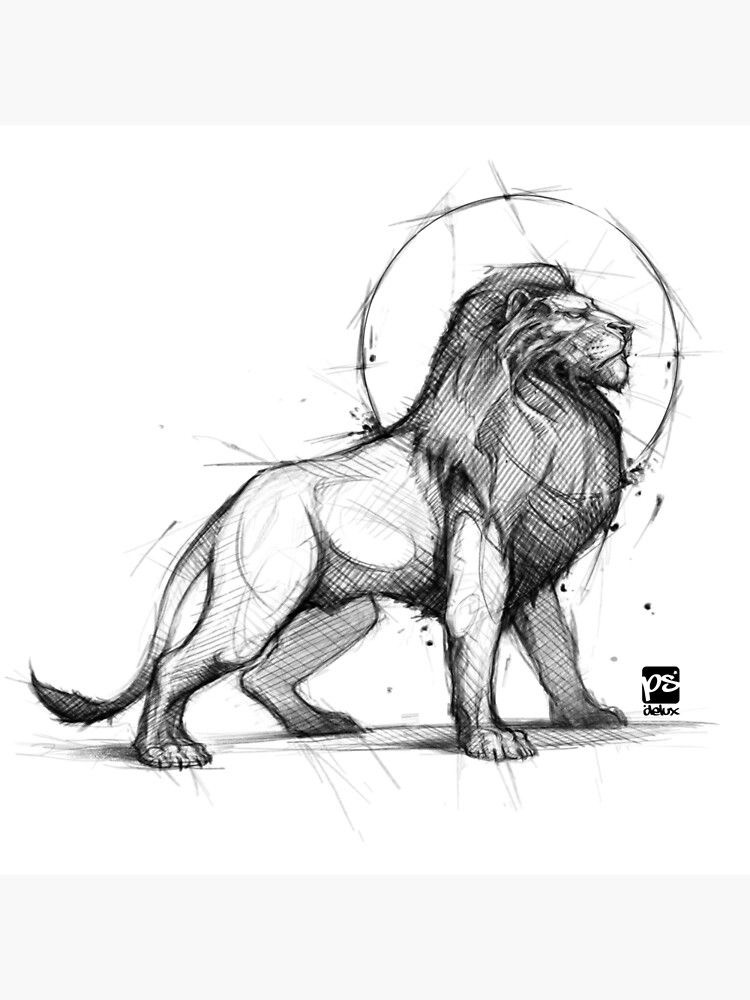
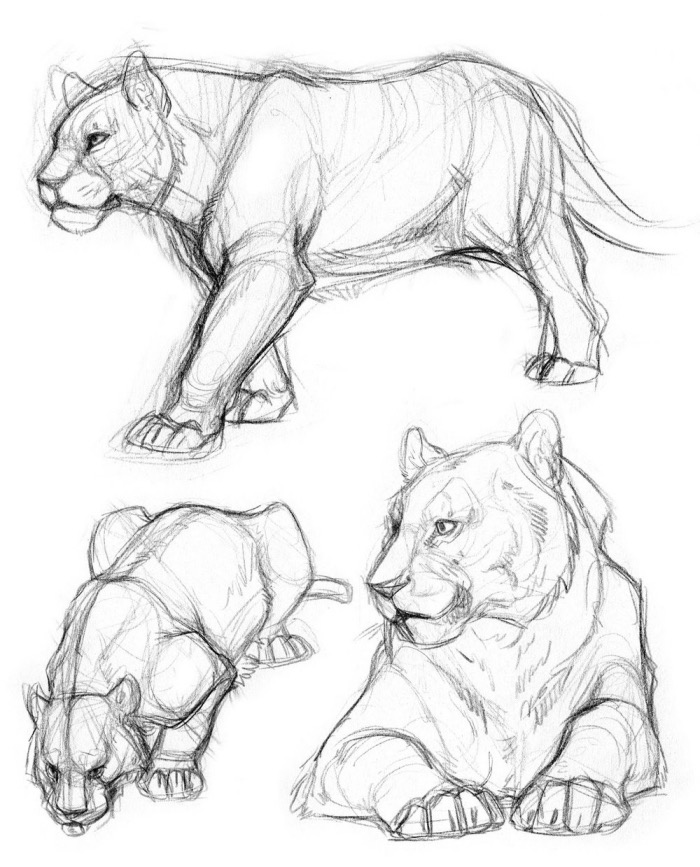
Working with Perspective
When enhancing a lion sketch, it is important to understand the concept of perspective. Perspective allows the artist to create the illusion of depth and distance in the drawing. One way to achieve this is by using the “S” shape in the lion’s body, which creates a sense of movement and dimension.
Another way to incorporate perspective is by using the African savanna as a backdrop for the lion. This allows the artist to add depth and context to the drawing, as well as showcase the lion’s natural habitat.
Incorporating the Environment
To enhance the lion sketch, it is important to consider the environment in which the lion lives. Adding elements such as trees, rocks, and grass can create a more realistic and immersive drawing.
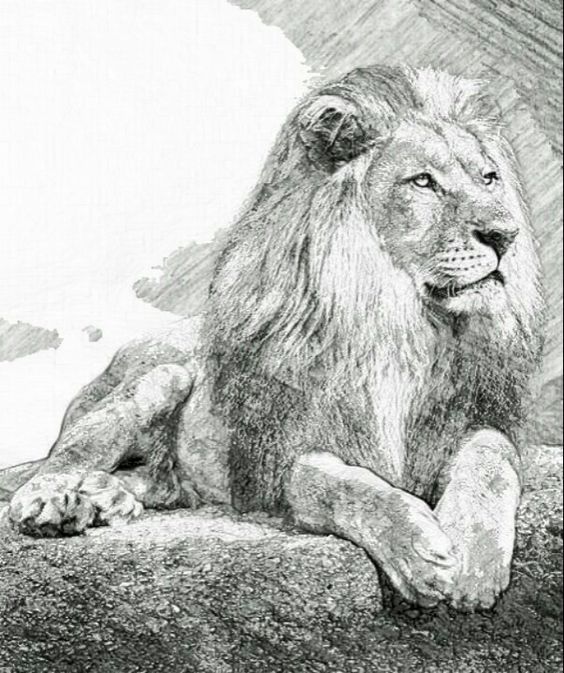

Incorporating the environment can also help to create a sense of scale, emphasizing the lion’s size and strength. Additionally, adding details such as shadows and textures can make the drawing more visually appealing and engaging.
Overall, enhancing a lion sketch involves working with perspective and incorporating the environment to create a more dynamic and realistic drawing. By utilizing these techniques, artists can bring their lion sketches to life and showcase the beauty and power of these magnificent creatures.
Tips for Beginner Artists
Easy Lion Drawing Approaches
For beginner artists, drawing a realistic lion may seem like a daunting task. However, there are some easy approaches that can make the process more manageable. One approach is to break down the lion into basic shapes, such as circles and triangles, before adding details. This helps to create a framework for the drawing and allows the artist to focus on the overall proportions of the lion.
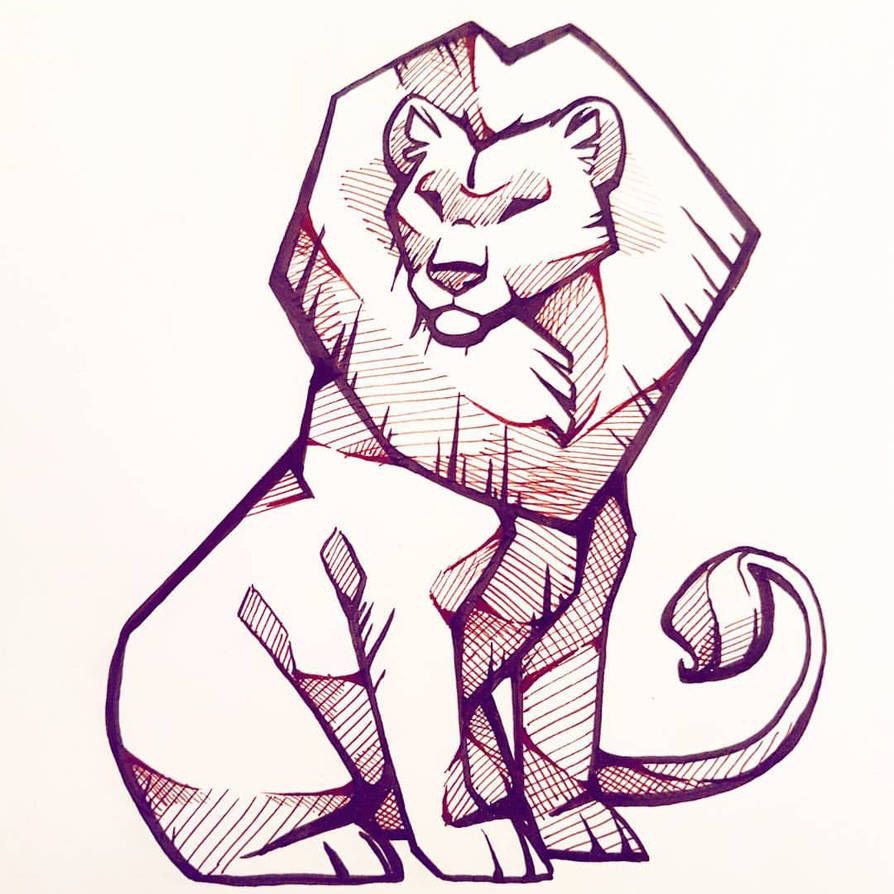
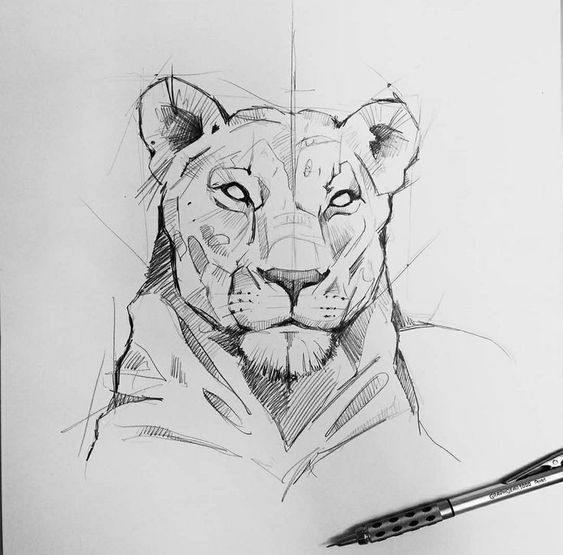
Another approach is to start with a simple sketch of the lion’s head and work outward from there. This allows the artist to establish the main features of the lion, such as the eyes, nose, and mouth, before adding more details. It can also be helpful to use reference images of lions to guide the drawing process.
Using Drawing Guides and Tutorials
For beginner-friendly lion drawing guides and tutorials, there are many resources available online. These guides can provide step-by-step instructions and helpful tips for creating a realistic lion drawing. Some tutorials may also include video demonstrations or images of the drawing process.
When using a lion drawing guide or tutorial, it is important to choose one that is appropriate for your skill level. Some guides may be more advanced and require more experience with drawing, while others may be geared towards beginners. It can also be helpful to practice the techniques and tips provided in the guide or tutorial multiple times to improve your skills.


Overall, with some practice and the right resources, beginner artists can create impressive lion drawings. By using basic approaches and drawing guides, artists can develop their skills and create stunning lion drawings that capture the beauty and majesty of these magnificent creatures.
Drawing Lions in Various Art Styles
Realistic Lion Portraits
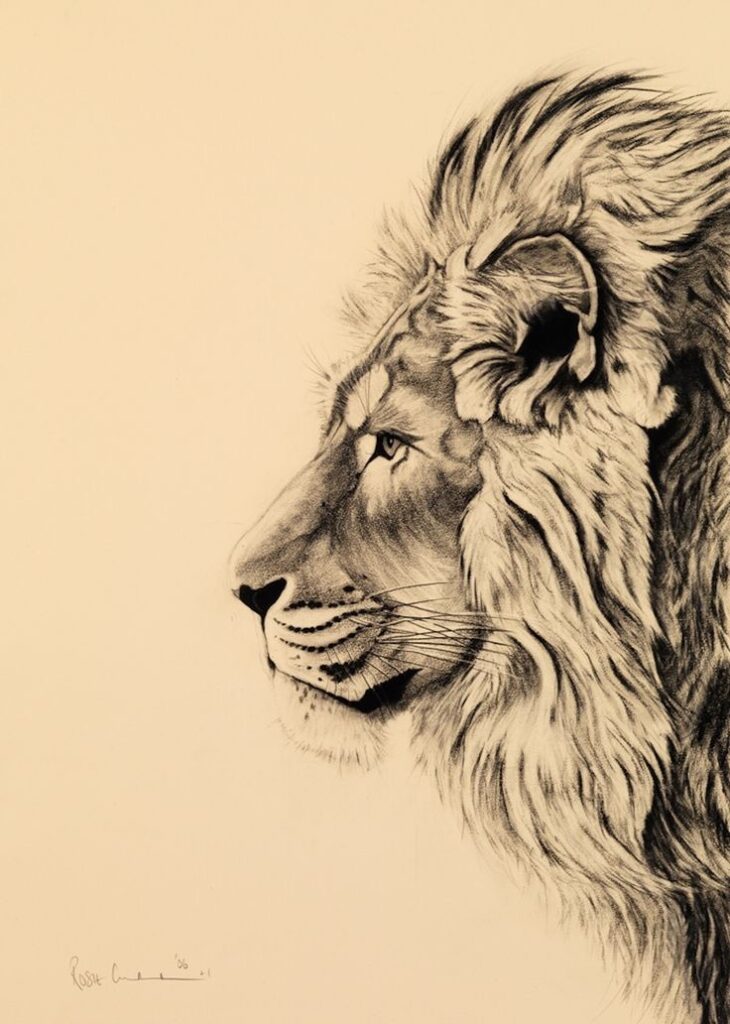

Drawing realistic lion portraits requires a keen eye for detail and a steady hand. This art style aims to capture the essence of a lion’s physical features, such as its mane, eyes, and facial structure, in a lifelike manner. Artists who specialize in this style often use shading techniques to create depth and texture, resulting in a highly realistic and detailed depiction of a lion.
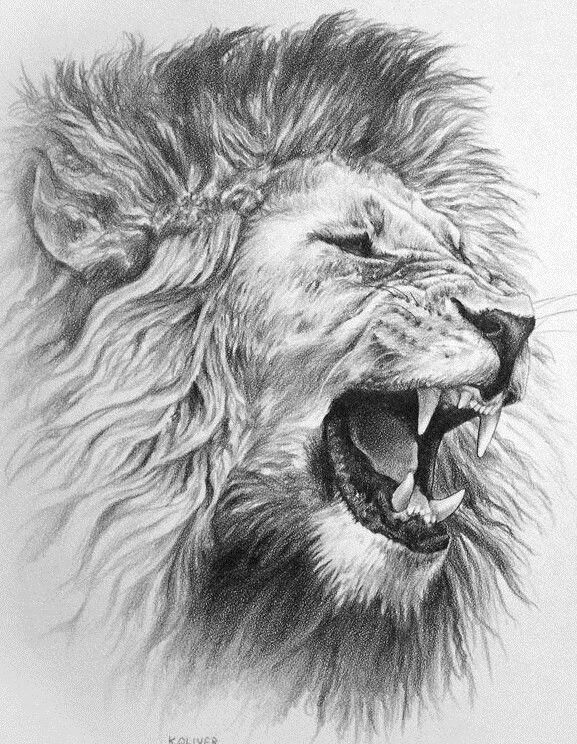
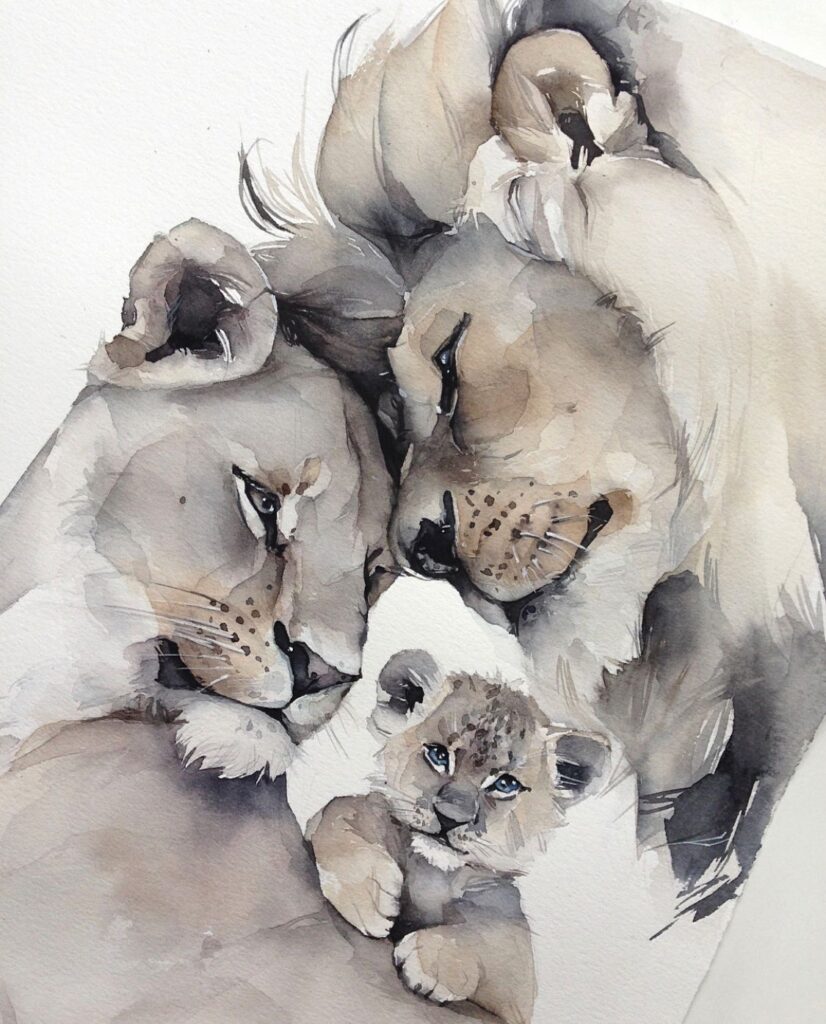
To create a realistic lion portrait, artists typically start by sketching the basic outline of the lion’s head and body. They then add details such as the lion’s fur, whiskers, and facial features. Artists may use a variety of materials, such as charcoal, graphite pencils, or colored pencils, to create a realistic lion portrait.
Stylized and Abstract Lions
Stylized and abstract lions are a departure from the traditional, realistic art style. Instead of aiming for a lifelike depiction of a lion, artists who specialize in this style use creative license to create a unique and stylized interpretation of a lion.
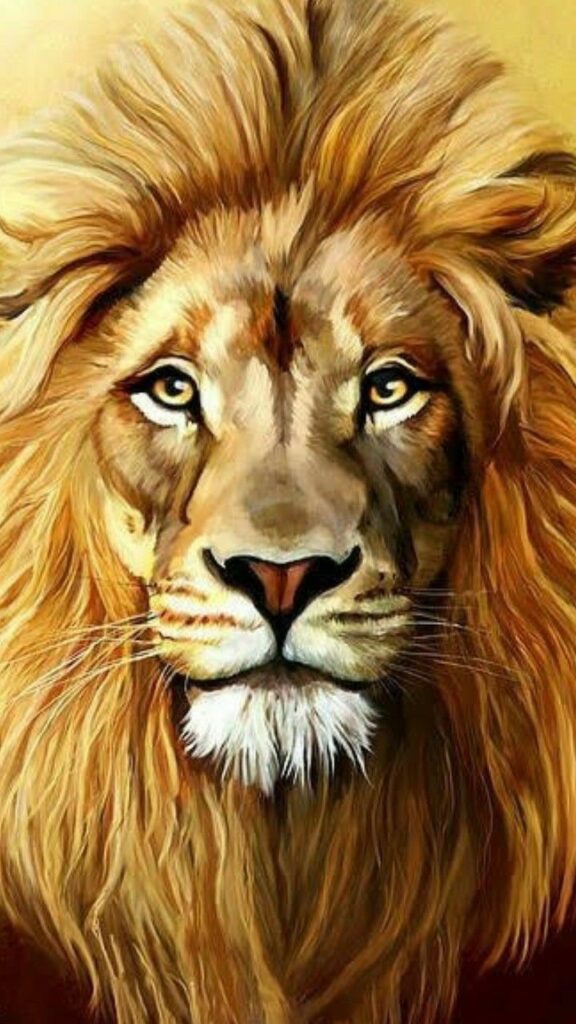
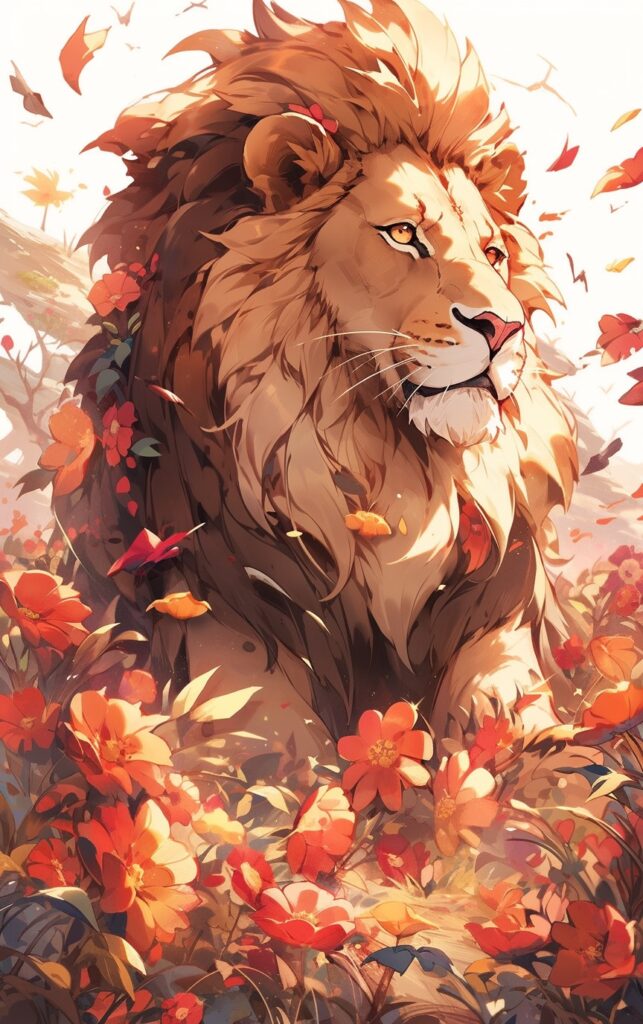
Stylized lions often feature exaggerated or simplified physical features, such as elongated limbs or oversized eyes. These lions may also incorporate bold colors or patterns, resulting in a highly stylized and eye-catching piece of art.
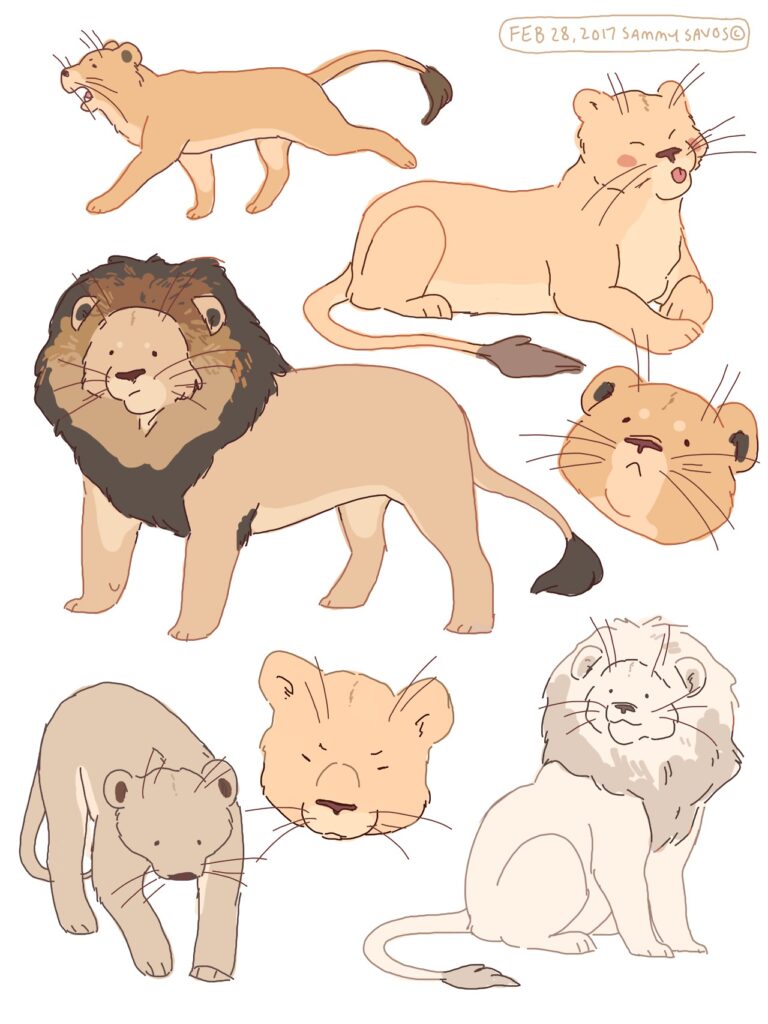
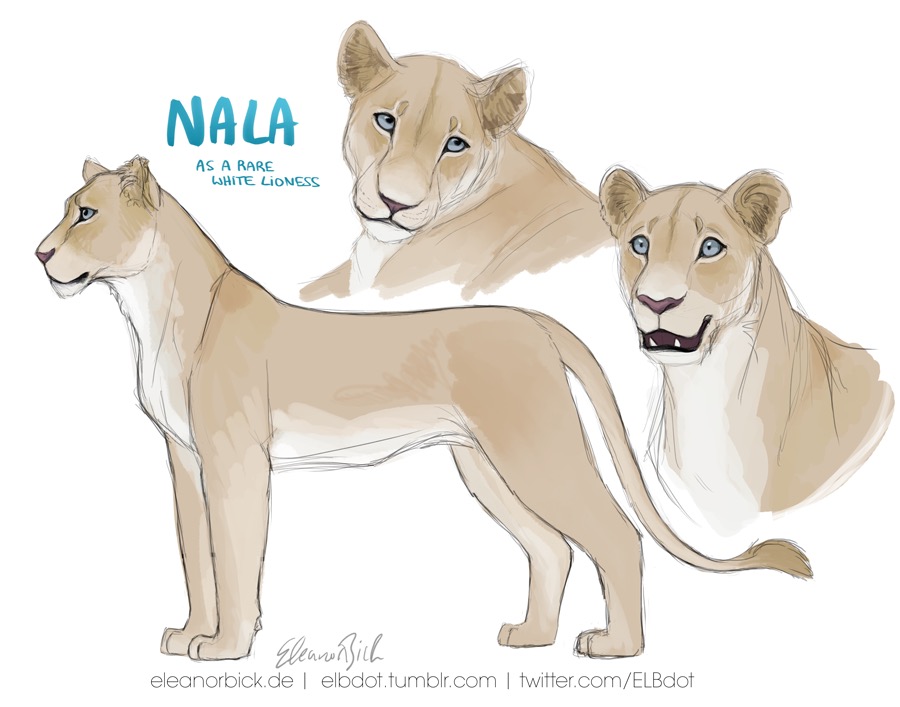
Abstract lions, on the other hand, are even more removed from reality. These lions may feature geometric shapes, bold lines, or other abstract elements to create a highly conceptual piece of art. Artists who specialize in this style often use a variety of materials, such as paint, ink, or digital software, to create their abstract lion art.
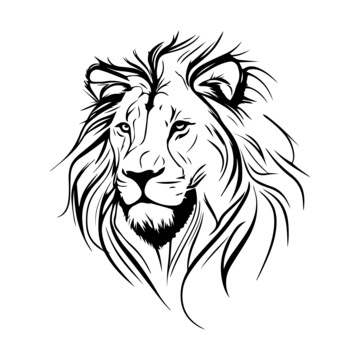
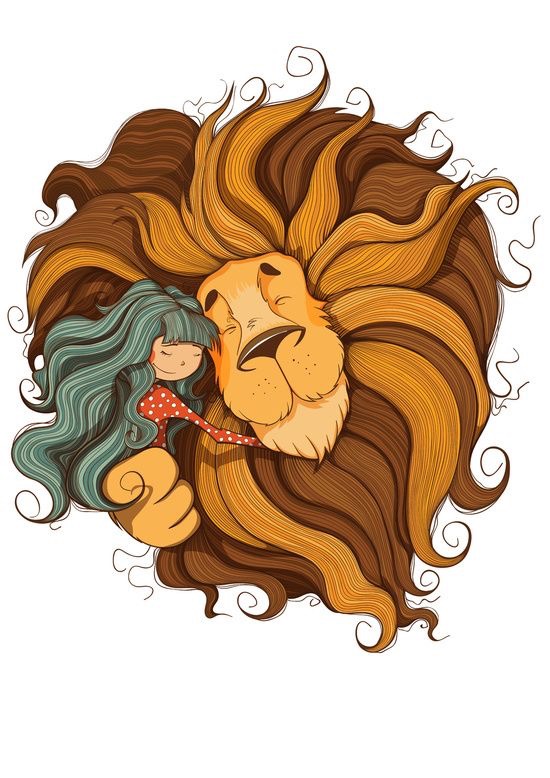
Overall, whether an artist chooses to create a realistic lion portrait or a stylized and abstract lion, there are many art styles to choose from. Each style offers its own unique challenges and rewards, and artists who specialize in lion drawing have the opportunity to explore a wide range of creative possibilities.
The Significance of Lions in Art
Lions as Symbols of Power
Lions have been used as symbols of power and strength in art for centuries. This is due to the fact that lions are the “king of the jungle” and are seen as the ultimate predator. In many cultures, the lion is seen as a symbol of royalty and nobility. This is why lions are often depicted in art as fierce and powerful creatures.
Cultural Depictions of Lions
The cultural significance of lions in art is also significant. In African cultures, lions are often seen as symbols of courage and bravery. In Hindu mythology, the lion is considered to be a symbol of Vishnu, one of the most important gods in the Hindu pantheon. In Chinese culture, lions are often depicted as guardians of temples and other important buildings.
In Western art, lions are often used as symbols of strength, power, and nobility. They are often depicted as fierce and majestic creatures, standing tall and proud. Lions are also commonly used as symbols of national pride, appearing on flags, coats of arms, and other national symbols.
Overall, the significance of lions in art is vast and varied. From their cultural significance to their symbolism of power and strength, lions have played an important role in art for centuries.
Advanced Drawing Techniques
Mastering the Lion’s Mane
When it comes to drawing a lion, the mane is one of the most defining features. A bushy mane can make a lion look powerful and fierce, while a thinner mane can make it look more elegant and regal. To master drawing a lion’s mane, it’s important to understand the different types of manes and how they can affect the overall look of the lion.
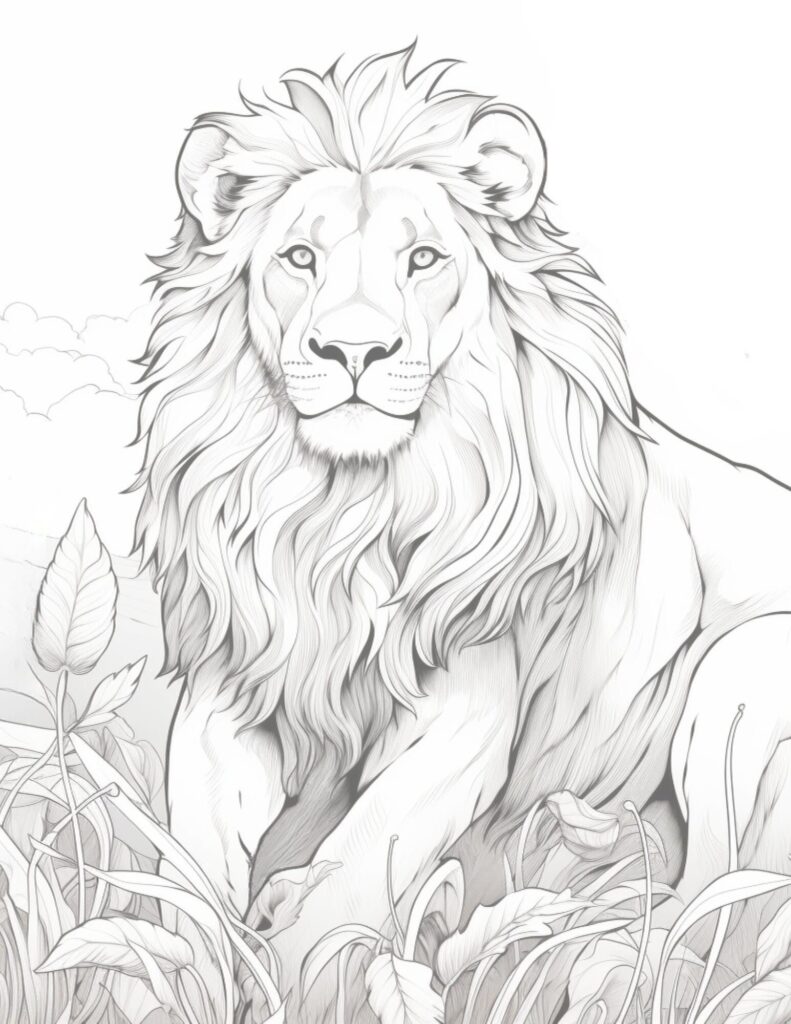
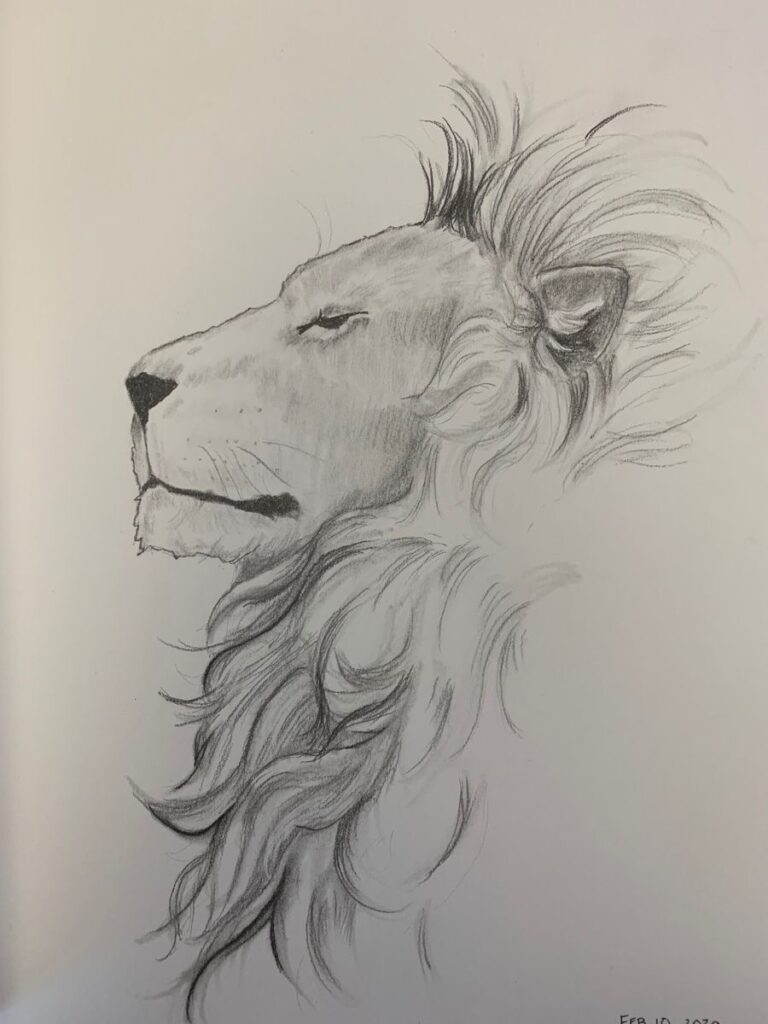
One technique for drawing a bushy mane is to start with a rough outline of the shape, then add layers of fur to create depth and texture. It’s important to pay attention to the direction of the fur and to vary the length and thickness of the fur strands to create a realistic look.
For a thinner mane, it’s important to focus on the flow and movement of the hair. Drawing each strand individually can create a more detailed and realistic look, but it can also be time-consuming. Another technique is to use shading and hatching to create the illusion of hair strands without drawing each one individually.
Dynamic Poses and Movements
Drawing a lion in a dynamic pose or movement can add excitement and energy to your artwork. One technique for drawing dynamic poses is to start with a basic pose, then add movement and energy by exaggerating certain features. For example, you could elongate the legs to make the lion look like it’s running, or you could add extra curves to the spine to make it look like it’s leaping.
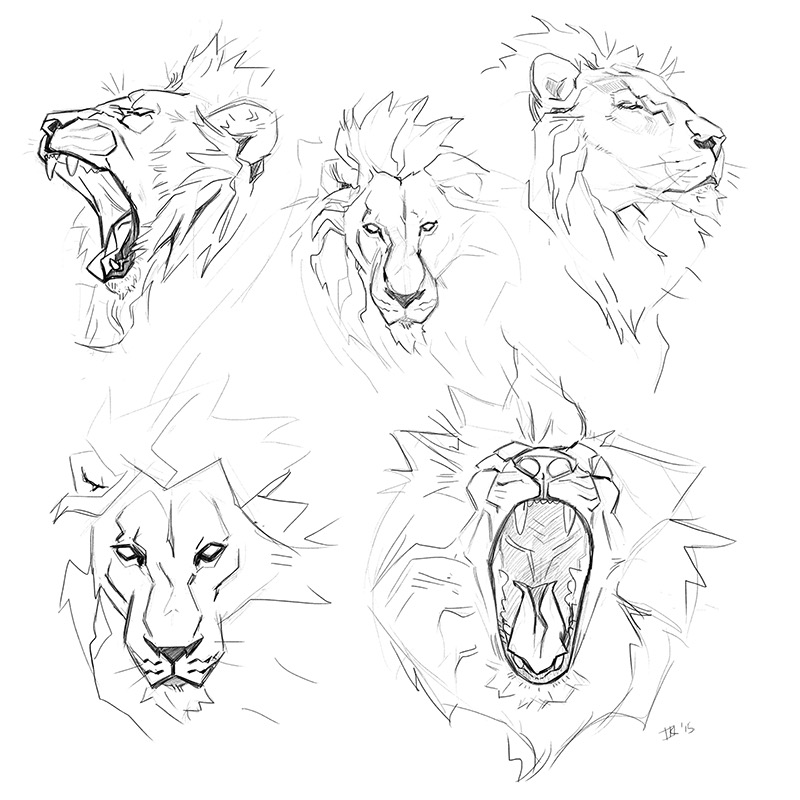
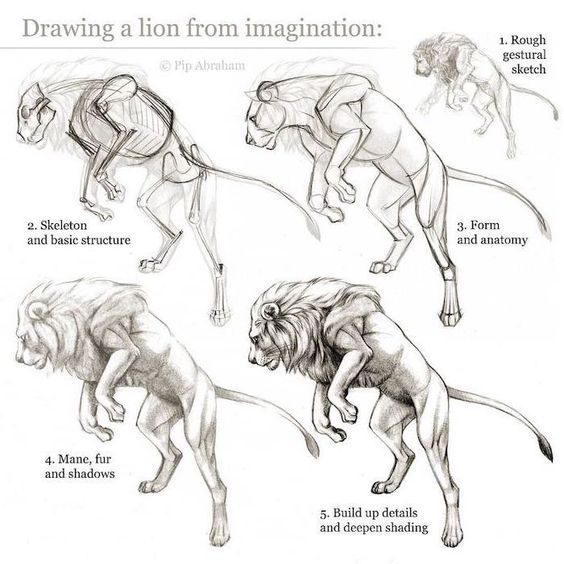
It’s also important to pay attention to the weight and balance of the lion in the pose. A lion standing on two legs should have a stable and balanced stance, while a lion leaping through the air should have a more fluid and dynamic pose.
Overall, mastering advanced drawing techniques for lions takes practice and patience. By focusing on techniques such as mastering the mane and drawing dynamic poses, artists can create stunning and realistic depictions of these majestic creatures.
- 8.1Kshares
- Facebook0
- Pinterest8.1K
- Twitter0
